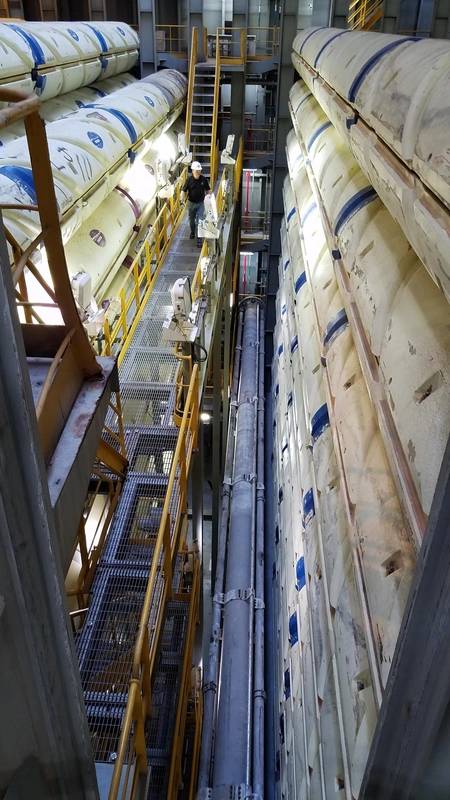
As drilling costs keep coming down for land-based wells in unconventional plays, offshore drillers face increased pressure to lower their costs. A key focus area: maintenance budgets for marine drilling risers. Instead of the traditional five-year, calendar-based inspection interval for risers, can drillers use a condition-based monitoring (CBM) methodology to extend the interval to beyond five years?
A longer interval would cut down on the frequency with which risers have to be shipped to shore for inspection and returned back to the rig to go back into service. Reducing trips makes more effective use of transport vessels, maintenance crews and reduces the overall carbon footprint. Ultimately, a CBM program helps drillers become more cost-competitive and lowers their drilling cost per foot.
Achieving these goals was the ultimate aim behind the development of the Baker Hughes DrillCERT program, an API-compliant certification program that can extend required maintenance intervals based on condition rather than time. DrillCERT is a digital inspection solution that incorporates data collection from sensors and asset management from web-enabled devices.
The process begins by performing ultrasonic scans of the riser joints and the auxiliary lines that carry mud back and forth. The scans look for any decreases in wall thickness and any anomalies or a previously unseen defect.
The collected data is entered into a CBM analytical model, where it is compared to baseline riser usage and manufacturing data. The baseline data sources include rig data, manufacturing data on the riser string’s metallurgy, weld integrity and the surface finish of the riser pins and boxes. Based on the physical condition of each riser joint and the current operating conditions, the program delivers an assessment of how long the riser can remain in service before it must be pulled for maintenance or replacement. Often, this assessment extends the full riser inspection and service cycle to an average of eight years.
If an anomaly in wall thickness or welds is observed, further analysis is performed to determine the root cause, which could include excessive movement due to waves, aggressive chemistries in the drilling mud that might contribute to corrosion, or the presence of high concentrations of acid gases such as H2S.
Assessments are conducted on an annual basis and incorporate many other services in addition to riser inspection. These include inspections of buoyancy on joints to look for damage or stress. If the inspection uncovers a riser pin with scratches and wear, the DrillCERT team will polish the pin and make any other necessary repairs as a standard part of the DrillCERT program.
At the end of the inspection and repair process, a certificate of service (COS) is issued to the driller stating that the riser is certified for use per API standards, including API 53 and API 16Q. The driller does not have to concern themselves with trying to get their risers re-certified and ready to drill on a five-year interval. The DrillCERT process ensures that each riser is in good working order and always ready to drill, while lowering the driller’s total cost of ownership.
The cost savings to the driller extend beyond the longer riser maintenance interval. The program allows the riser inspection and repair to be conducted on the rig floor itself, rather than shipping it to shore and incurring longer out of service intervals and high transport costs. Drillers also enjoy the benefit of selectively deploying work crews only when they are needed, which lowers manpower costs and improves safety metrics.
The DrillCERT service is applicable on drillships, semisubmersibles and other offshore platform designs as well, providing the entire offshore drilling community with greater assurance and cost control for their riser maintenance programs.
 (Photo: Baker Hughes)
(Photo: Baker Hughes)